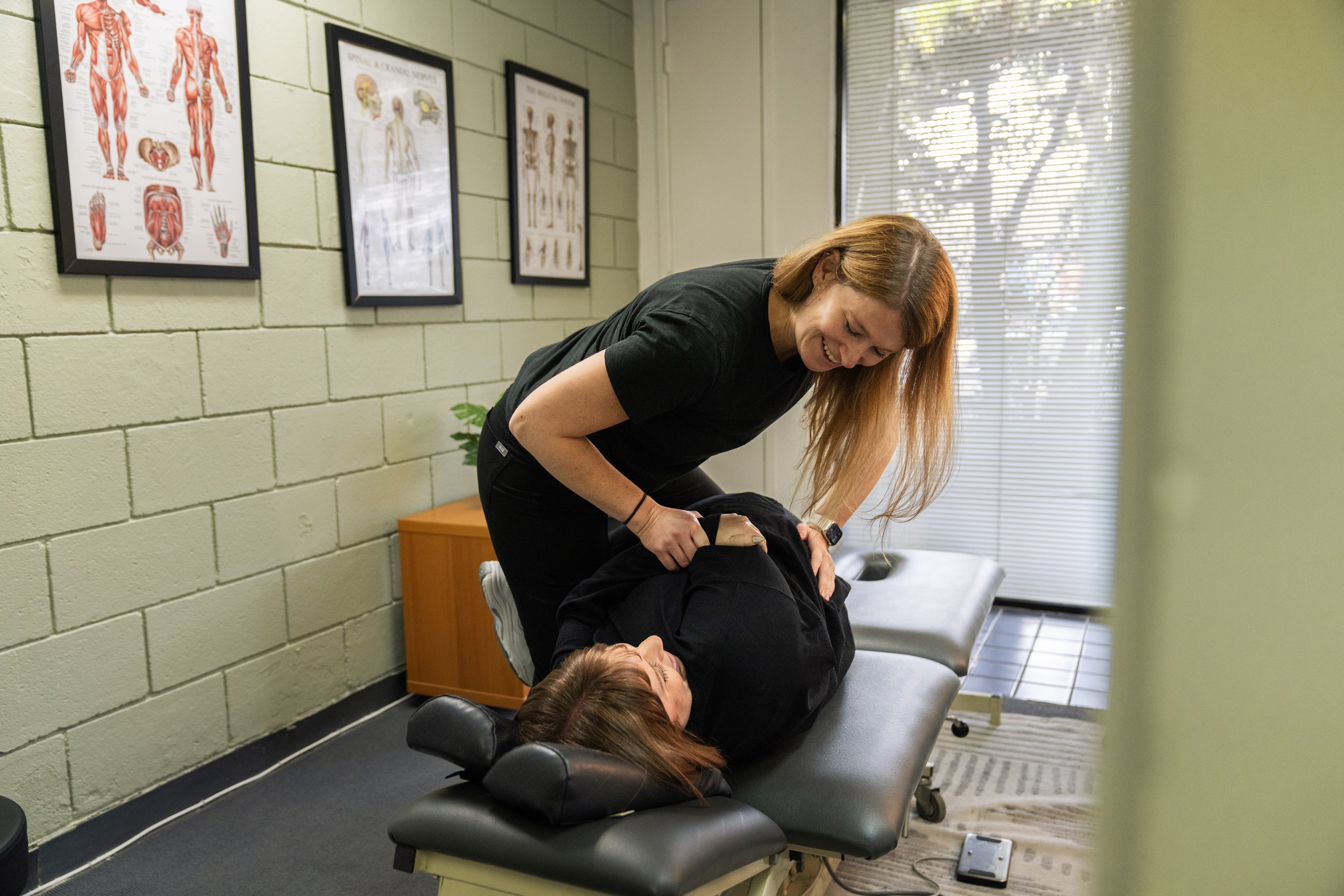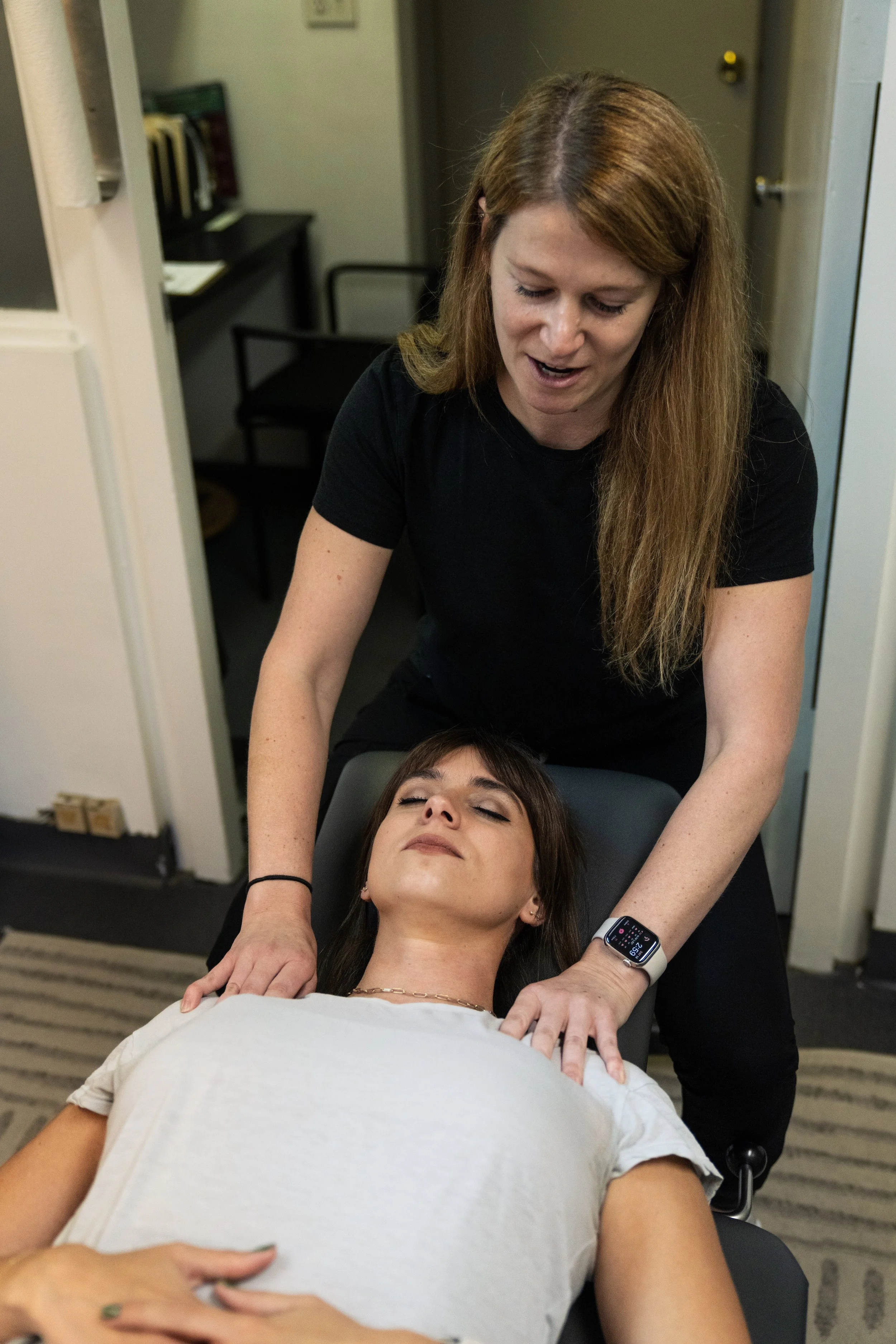adjustments
Chiropractic adjustments involve gentle, controlled movements to realign the spine and joints. This helps to reduce pain, improve mobility, and restore proper nervous system function. Adjustments can relieve pressure on nerves, improve posture, and support your body’s natural healing process.
myofascial release and neuromuscular re-education
This combination of hands-on therapy and movement training targets both the muscles and the nervous system. Myofascial release involves sustained pressure to release tension, reduce pain, and improve mobility. Neuromuscular re-education complements this by retraining the communication between your brain, nerves, and muscles through targeted exercises. Together, these techniques restore proper movement patterns, improve posture, and support long-term healing.
instrument assisted soft tissue mobilization (IASTM)
IASTM, or “scraping”, uses specially designed tools to improve the ability of tissue to slide past one another. This improves healing and changes perception through simulating the nervous system. IASTM helps restore mobility, reduce pain and swelling, and accelerates recovery from overuse injuries.
therapeutic ultrasound
Therapeutic ultrasound uses sound waves to penetrate deep into soft tissues. It helps reduce inflammation, improve blood flow, and break down scar tissue. This treatment is especially effective for chronic muscle tightness, joint injuries, and soft tissue healing.
Myofascial decompression
Myofascial decompression uses suction cups to gently lift the skin and underlying fascia. This increases blood flow, reduces muscle tension, and promotes healing. It’s particularly helpful for improving range of motion and reducing soreness after physical activity.

“the preservation of health is easier than the cure of disease.”
B.J. Palmer, developer of chiropractic




